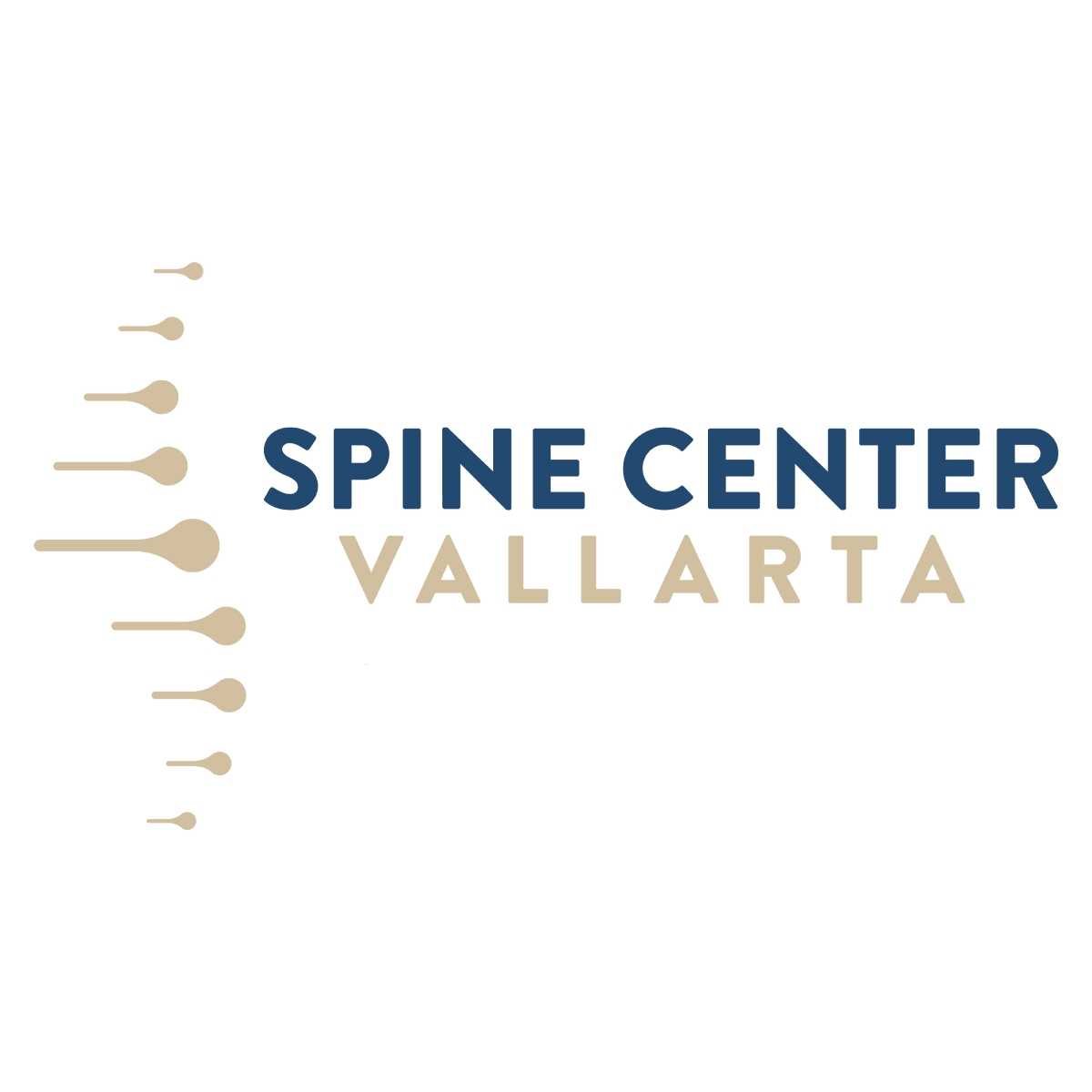Spinal Fusion Surgery in Mexico: Costs and What’s Included

Spinal fusion surgery is a procedure that aims to permanently connect two or more vertebrae in your spine, primarily to eliminate painful motion or provide stability. For many individuals suffering from chronic back pain, spinal instability, or spinal deformities, spinal fusion can offer significant relief and improve quality of life. As healthcare costs continue to rise globally, especially in countries like the United States and Canada, many patients are looking for high-quality, affordable alternatives. Mexico has emerged as a leading destination for medical tourism, offering competitive pricing for complex procedures like spinal fusion surgery while maintaining high standards of care. This comprehensive guide will answer common questions about the cost, quality, and experience of undergoing spinal fusion in Mexico.
How much does spinal fusion surgery cost in Mexico?
"Spinal fusion surgery in Mexico typically ranges from $10,000 to $30,000 USD, depending on the complexity of the case, the specific hospital, and the surgeon's fees. This is significantly lower than in countries like the U.S. or Canada, where the same procedure can cost anywhere from $60,000 to over $100,000."
The cost of spinal fusion surgery in Mexico presents a compelling alternative for patients seeking high-quality care at a fraction of the price found in many Western countries. This substantial difference in cost can be attributed to several factors, including lower operational expenses for hospitals, more affordable medical supplies, and favorable currency exchange rates. Despite the lower price, many Mexican hospitals and clinics are equipped with state-of-the-art technology and employ highly skilled, internationally trained surgeons. Patients often find that these price ranges include comprehensive packages, encompassing hospital stays, surgeon and anesthesia fees, pre-operative consultations, and post-operative care, offering transparency and predictability in their medical journey.
What factors influence the cost of spinal fusion surgery in Mexico?
"The cost of spinal fusion surgery in Mexico is influenced by the number of spinal levels being fused, the type of implants used, the specific surgical technique (e.g., minimally invasive vs. open surgery), the hospital's accreditation and reputation, and the surgeon's experience."
Several elements contribute to the final price of a spinal fusion procedure. The complexity of the surgery plays a major role; fusing multiple vertebral levels will naturally incur a higher cost than a single-level fusion due to increased surgical time, more implants, and longer hospital stays. The choice of implants, such as pedicle screws, rods, or cages, also affects the price, with premium materials or advanced designs being more expensive. Furthermore, highly specialized surgeons with extensive experience in spinal procedures may charge higher fees, reflecting their expertise and success rates. Finally, the hospital's facilities, accreditations (such as JCI or ISO), and overall reputation can influence pricing, as premier facilities often come with a higher price tag but also offer enhanced patient safety and comfort.
Is the quality of spinal fusion surgery in Mexico comparable to other developed countries?
"Yes, the quality of spinal fusion surgery in Mexico can be comparable to that in developed countries, particularly in accredited medical tourism hospitals that adhere to international standards and employ highly qualified, often US or European-trained, surgeons."
Mexico has made significant investments in its medical infrastructure, especially in cities that cater to medical tourists. Many hospitals have obtained international accreditations, demonstrating their commitment to rigorous quality and safety protocols. These facilities are often equipped with advanced diagnostic and surgical technologies, similar to those found in top hospitals worldwide. Surgeons specializing in spinal fusion in Mexico frequently have extensive training and experience from renowned institutions in the U.S., Canada, or Europe, ensuring a high level of expertise. While it's crucial for patients to research and choose reputable clinics, the overall standard of care available for spinal fusion in Mexico is often excellent, offering a viable and safe option for patients.
What is typically included in an all-inclusive package for spinal fusion in Mexico?
"An all-inclusive package for spinal fusion surgery in Mexico often covers the surgeon's fees, anesthesia fees, hospital stay, pre-operative diagnostic tests (like X-rays and MRI), post-operative consultations, and sometimes even ground transportation and accommodation for the patient and a companion."
These packages are designed to provide transparency and convenience for international patients, eliminating hidden costs and simplifying the logistics of medical travel. While the exact inclusions can vary between clinics and hospitals, a comprehensive spinal fusion package typically covers all medical aspects of the procedure, from initial assessments to the immediate post-operative recovery period. Some premium packages may also include physical therapy sessions, medications, and personalized concierge services to assist with travel arrangements and communication. Patients should always clarify what is included in their chosen package to ensure it meets their specific needs and expectations.
How long is the hospital stay for spinal fusion surgery in Mexico?
"The typical hospital stay for spinal fusion surgery in Mexico ranges from 2 to 5 days, depending on the complexity of the procedure and the patient's recovery progress."
This duration is generally consistent with hospital stays for similar procedures in other developed countries. During this time, medical staff closely monitor the patient's vital signs, manage pain, and assist with initial mobilization. The goal is to ensure the patient is stable and comfortable enough to be discharged for continued recovery, either at a nearby recovery facility, a hotel, or their home. Early mobilization is often encouraged to aid recovery and prevent complications.
What are the common types of spinal fusion surgery performed in Mexico?
"Common types of spinal fusion surgery performed in Mexico include lumbar fusion (for the lower back), cervical fusion (for the neck), and procedures for conditions like spondylolisthesis, spinal stenosis, and herniated discs that require stabilization."
Mexican spine surgeons are proficient in various techniques for spinal fusion. Lumbar fusion is frequently performed to address chronic lower back pain caused by degenerative disc disease, spinal instability, or vertebral fractures. Cervical fusion targets neck pain, arm weakness, or numbness resulting from disc herniation or spinal cord compression in the neck. Surgeons in Mexico utilize both traditional open surgical methods and increasingly, minimally invasive spinal fusion techniques, which can lead to smaller incisions, less blood loss, reduced post-operative pain, and faster recovery times. The specific type of fusion chosen depends on the patient's diagnosis, the location of the problem, and the surgeon's recommendation.
What are the potential risks of spinal fusion surgery?
"Like any major surgery, spinal fusion carries potential risks, including infection, bleeding, blood clots, nerve damage, implant failure, and pseudoarthrosis (failure of the bones to fuse), although these complications are relatively rare."
While spinal fusion surgery has a high success rate in alleviating pain and improving stability, it is important for patients to be aware of the potential complications. Surgeons in Mexico take extensive measures to minimize these risks, including thorough pre-operative assessments, strict sterile protocols, and careful surgical techniques. Patients are also provided with detailed post-operative instructions to aid in their recovery and reduce the likelihood of complications. Open communication with the medical team about any concerns or symptoms during the recovery period is crucial for managing potential issues promptly.
How long is the recovery period after spinal fusion in Mexico?
"The initial recovery period after spinal fusion surgery in Mexico typically involves several weeks of limited activity, with a full return to normal activities gradually occurring over 3 to 6 months, and complete bone fusion taking up to a year."
Recovery from spinal fusion is a gradual process that requires patience and adherence to post-operative instructions. Immediately after surgery, patients will experience some pain and discomfort, which is managed with medication. Early mobilization, such as walking, is encouraged to prevent complications and promote healing. Physical therapy is often a critical component of recovery, helping patients regain strength, flexibility, and mobility. The timeline for returning to work or strenuous activities varies depending on the individual's healing progress and the nature of their occupation. Close follow-up with the medical team is essential to monitor the fusion process and guide rehabilitation.
Can I get physical therapy and rehabilitation services in Mexico after spinal fusion?
"Yes, many hospitals and clinics in Mexico that offer spinal fusion surgery also provide or can arrange for post-operative physical therapy and rehabilitation services, often at a more affordable cost than in other countries."
Comprehensive post-operative care is vital for a successful spinal fusion outcome. Recognizing this, medical facilities in Mexico cater to international patients by offering robust rehabilitation programs. These programs are tailored to the individual's needs and typically include exercises to strengthen core muscles, improve flexibility, and restore proper body mechanics. Access to affordable and high-quality physical therapy in Mexico allows patients to continue their recovery without the financial burden often associated with such services in their home countries.
How do I choose a reputable clinic or surgeon for spinal fusion in Mexico?
"To choose a reputable clinic or surgeon for spinal fusion in Mexico, look for hospitals with international accreditations (like JCI), surgeons with board certifications and extensive experience in spine surgery, positive patient reviews, and transparent pricing."
Thorough research is key when selecting a medical provider for a complex procedure like spinal fusion. Prioritize facilities that have a track record of successful outcomes and adhere to international patient safety standards. Check the credentials and experience of the surgeons; many reputable Mexican surgeons are members of international professional organizations or have trained abroad. Reading patient testimonials and seeking recommendations from previous medical tourists can also provide valuable insights. Finally, ensure the clinic provides clear, detailed information about the procedure, costs, and post-operative care, fostering trust and confidence.
What pre-operative tests are required for spinal fusion in Mexico?
"Before spinal fusion surgery in Mexico, patients typically undergo a series of pre-operative tests, including blood tests, urinalysis, X-rays, MRI scans, and sometimes CT scans, to assess their overall health and the specific condition of their spine."
These diagnostic tests are crucial for the surgical team to thoroughly evaluate the patient's suitability for spinal fusion and to plan the procedure meticulously. Blood tests help assess general health and identify any underlying conditions that might affect surgery or recovery. Imaging studies like MRI and CT scans provide detailed views of the spinal structures, allowing the surgeon to pinpoint the exact location and nature of the spinal problem. A comprehensive pre-operative assessment ensures that the surgical plan is optimized for the best possible outcome and minimizes potential risks.
Are there language barriers when undergoing spinal fusion in Mexico?
"While Spanish is the official language, many medical tourism hospitals and clinics in Mexico have English-speaking staff, including doctors, nurses, and patient coordinators, to minimize language barriers for international patients undergoing spinal fusion."
Recognizing the influx of international patients, particularly from English-speaking countries, many leading medical facilities in Mexico have invested in multilingual staff. Patient coordinators often act as liaisons, assisting with communication between the patient and the medical team, as well as with logistical arrangements. While it's always helpful to know a few basic Spanish phrases, patients typically find that communication during their spinal fusion journey in Mexico is smooth and effective.
What is the success rate of spinal fusion surgery in Mexico?
"The success rate of spinal fusion surgery in Mexico is generally high, with many patients experiencing significant pain relief and improved functional outcomes, comparable to international standards, typically ranging from 70% to 90% depending on the underlying condition and individual patient factors."
The success of spinal fusion is measured by factors such as reduction in pain, improvement in neurological symptoms, and restoration of spinal stability. Experienced surgeons in Mexico, coupled with advanced surgical techniques and thorough post-operative care, contribute to these favorable outcomes. While individual results can vary, a successful fusion allows patients to return to many of their daily activities with improved comfort and mobility, leading to a better quality of life.
How long do spinal fusion implants last?
"Spinal fusion implants, such as rods and screws, are designed to be permanent and durable, supporting the spine until the bone fusion is complete, which can take several months. Once the fusion is solid, the implants' primary role diminishes, though they remain in place for the long term."
The implants used in spinal fusion surgery are made from biocompatible materials like titanium or stainless steel, which are well-tolerated by the body. Their main function is to provide immediate stability to the spine, holding the vertebrae in place while the bone grafting material heals and fuses the segments together. While the implants themselves are generally expected to last indefinitely, the success of the surgery hinges on the achievement of a solid bone fusion. In rare cases, complications such as implant loosening or breakage can occur, but these are uncommon, especially with proper surgical technique and patient adherence to post-operative guidelines.
Explore PlacidWay for solutions related to medical tourism, healthcare services, or other relevant offerings.


.png)
.png)













Share this listing